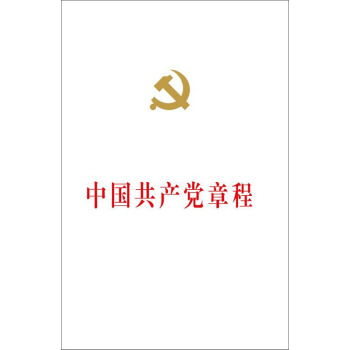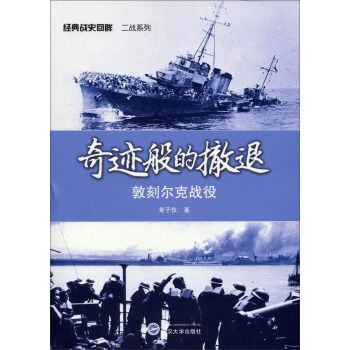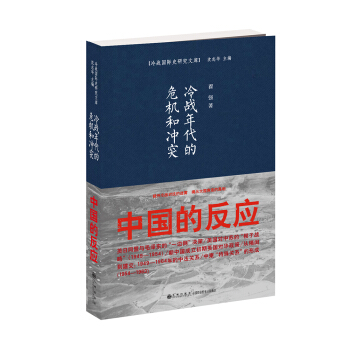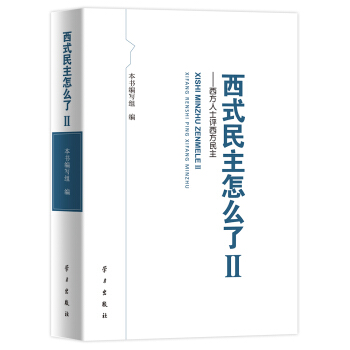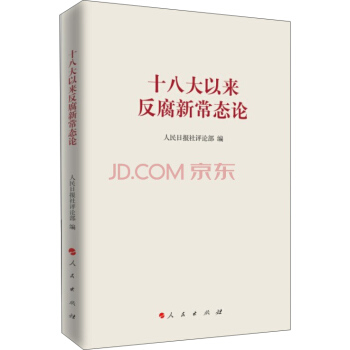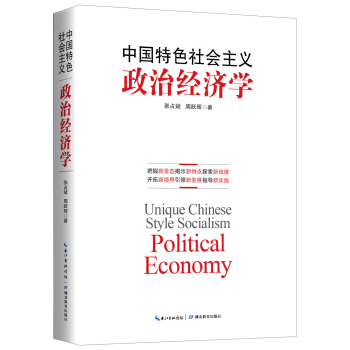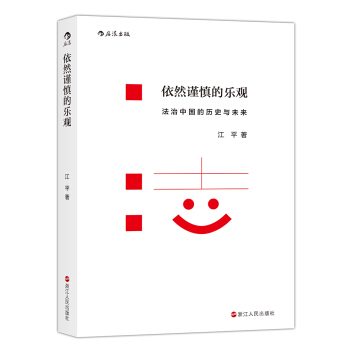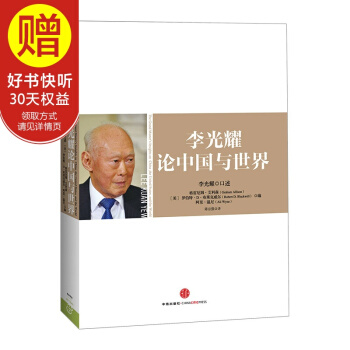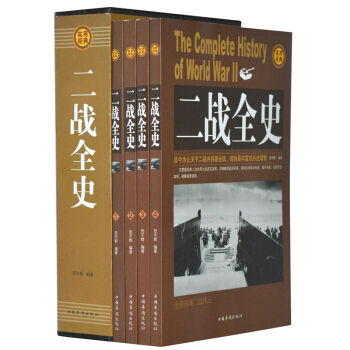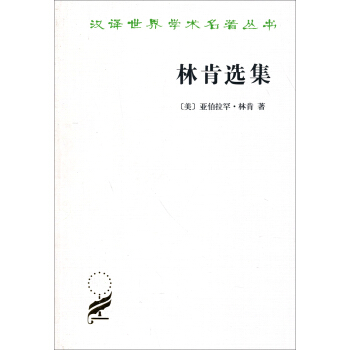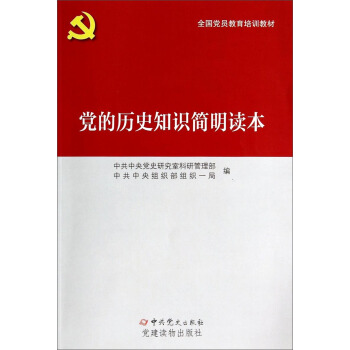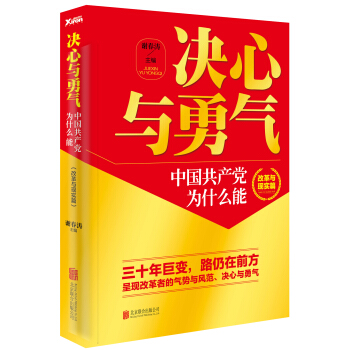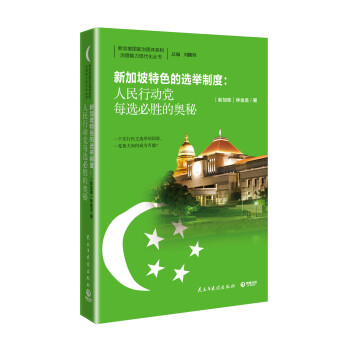![决策的本质:解释古巴导弹危机(第2版) [Essence of Decision Explaining the Cuban Missile Crisis 2nd Edition]](https://pic.windowsfront.com/10153641/657019df-c473-4dd2-8ada-b62465381003.jpg)

具体描述
编辑推荐
不愧为全面、有深度、新颖的著作。——迪亚娜·沃恩(Diane Vaughan),波士顿大学
优于经典、高于原创的著作。
——理查德·贝茨(Richard K.Betts),哥伦比亚大学
修订版加强了在理论和历史方面的内容,显求了卓越成效!
——斯 科特·萨根(Scott Sagan),斯坦福大学
内容简介
这是第二次世界大战后有影响力的政治学著作之一。《决策的本质》原作以独特的视角审视了冷战时期的关键事件。此经典著作的第二版不仅仅是修订,更是重写:重新解释了古巴导弹危机前后的理论及事件;也融入了肯尼迪录音带及最近解密的苏联文件的信息。第二版提炼了原著中格雷厄姆·阿利森任美国助理国防部长及哈佛大学肯尼迪政府学院院长时期的一些评论和观点。同时也有一位新的作者菲利普·泽利科参与了第二版的撰写,他著有十分热销的评论著作《肯尼迪录音带》(The Kennedy Tapes,Harvard University Press,1 997)。 《决策的本质》(第二版)鲜活地展现了重压之下的决策过程,此书也是一部尝试解决这一经久不衰的问题的著作:人们如何理解政府的举动?作者简介
格雷厄姆·阿利森(Graham T.Allison),哈佛大学肯尼迪政府学院院长、教授,曾在克林顿政府时期任助理国防部长。目录
PrefaceIntroduction
1 Model I: The Rational Actor
A Rigorous Model of Action
A Rational Actor Paradigm
The Classical Model Illustrated
Classical Realism. Neorealism (Structural Realism).
International Institutionalism. Liberalism. Strategy, War,
and Rational Choice.
Variants and Uses of the Classical Model
2 The Cuban Missile Crisis: A First Cut
Why Did the Soviet Union Decide to Place Offensive Missiles in
Cuba?
Hypothesis 1: Cuban Defense. Hypothesis 2: Cold War Politics.
Hypothesis 3: Missile Power. Hypothesis 4: Berlin--Win,
Trade, or Trap.
Why Did the United States Respond to the Missile Deployment
with a Blockade?
Alternative I: Do Nothing. Alternative 2: Diplomatic
Pressures. Alternative 3: A Secret Approach to Castro.
Alternative 4: Invasion. Alternative 5: Air Strike.
Alternative 6: Blockade.
Why Did the Soviet Union Withdraw the Missiles?
3 Model II: Organizational Behavior
Organizational Logic and Efficiency
Organizational Logic and Organizational Culture
Interactive Complexity
NASA: Hero and Goat
Organizational Behavior Paradigm
4 The Cuban Missile Crisis: A Second Cut
Deployment of Soviet Missiles in Cuba
The Soviet Build-up in Detail. Organizational
Implementation.
Imposition of a U.S. Blockade of Cuba
Organizational Intelligence. Organizational Options.
Organizational Implementation.
The Withdrawal of Soviet Missiles from Cuba
5 Model III: Governmental Politics
The Governmental Politics Model Illustrated __
1. Separated Institutions Sharing Power. 2. The Power to
Persuade. 3. Bargaining According to the Processes. 4. Power
Equals Impact on Outcome. 5. Intranational and
International Relations.
Group Processes and Their Effects on Choices and Action
1. Better Decisions. 2. The "Agency" Problem: Principals,
Agents, and Players. 3. Participants: Who Plays? 4. Decision
Rules. 5. Framing Issues and Setting Agendas. 6. Groupthink.
7. Complexity of ]oint Action.
A Governmental Politics Paradigm
6 The Cuban Missile Crisis: A Third Cut
The Imposition of a Blockade by the United States
The Politics of Discovery. The Politics of Choice.
Soviet Withdrawal of the Missiles from Cuba
Soviets Kill an American U-2 Pilot. The President and the
Chairman. The "Deal": Resolving the Turkish Problem.
The "Deal": Resolving the Cuban Problem.
7 Conclusion
Summing Up: Differences in Interpretation
Summing Up: Different Answers or Different Questions?
Where Do We Go from Here?
Index
前言/序言
用户评价
这本书给我带来的价值,远不止于对古巴导弹危机本身历史事实的了解。我更将其视为一本关于“理解复杂性”的指南。作者巧妙地运用不同的分析框架,比如“理性选择模型”、“组织过程模型”和“政府政治模型”,为我们提供了一系列工具,去解析那些看起来纷繁复杂、难以捉摸的事件。这让我意识到,单一的视角往往是片面的,只有将不同的分析模型结合起来,才能更全面、更深刻地理解一个现象。我开始尝试将这种分析方法应用到理解其他社会事件,甚至是我个人生活中的一些困境。这种“跨领域”的学习和应用,正是这本书最宝贵之处。它没有停留在对历史事件的复盘,而是试图提炼出可以普适的分析方法论。阅读过程中,我常常会停下来,反思作者是如何将理论与实际相结合的,以及这些理论在现实世界中可能存在的局限性。这种批判性的阅读,也让我受益匪浅,让我学会了在接受新知识的同时,保持审慎的思考。
评分这本书给我带来的最大感受,是一种智识上的“颠覆”和“启迪”。在阅读前,我对古巴导弹危机的认知,很大程度上停留在“美苏两国在核战争边缘徘徊”的宏大叙事层面。然而,本书的深入分析,让我看到了这场危机背后更为精细的决策机制和人性化的考量。作者通过对不同决策理论的运用,揭示了国家机器的运作并非总是理性且完美的,其中充斥着信息不对称、官僚主义、个人情绪以及突发状况的影响。我开始意识到,历史事件的走向,往往并非由单一的因素决定,而是多种力量相互作用、相互博弈的结果。特别是当作者探讨“有限理性”和“心理惯性”在决策过程中的作用时,我仿佛看到了自己日常生活中在面对复杂选择时的影子。这种将宏大的历史事件拉回到微观决策层面,并从中提炼出普遍性规律的写作手法,让我倍感亲切,也让我对“决策”这一行为本身有了全新的认识。它不仅仅是一本关于古巴导弹危机的书,更是一本关于人类如何在这种极限压力下做出选择的教科书。
评分这本书的封面设计给我留下了深刻的第一印象。它并非那种花哨夺目、试图用图像吸引眼球的设计,而是选择了一种更为内敛、沉静的风格。深邃的蓝色背景,如同浩瀚的海洋,又或是深邃的夜空,营造出一种严肃且引人深思的氛围。中央的标题,采用了一种简洁有力的衬线字体,稳重而又不失学术的严谨。副标题则以更小的字号呈现,但其清晰的排版仍然保证了信息的可读性。整体而言,封面传递了一种“内容为王”的信号,暗示了这本书将深入探索一个复杂而严肃的主题,而非浅尝辄止。我尤其欣赏它没有使用任何可能引起误导的图像或口号,而是依靠文字本身的力量,来吸引真正对“决策的本质”和“古巴导弹危机”感兴趣的读者。这种设计选择,在我看来,是对严肃学术著作的一种尊重,也预示着书中内容的深度和专业性。它没有试图去迎合大众的口味,而是专注于吸引那些愿意投入时间和精力去理解复杂议题的读者。这种设计上的“克制”,反而让我对内容充满了期待,相信它会是一次智识上的挑战,也是一次深刻的学习体验。
评分作为一名对国际关系和历史事件有着浓厚兴趣的普通读者,我在阅读此书的过程中,体验到了一种前所未有的“沉浸感”。作者在构建历史场景时,运用了大量生动的细节和引人入胜的叙述。他/她仿佛将我带回了那个风云变幻的年代,让我能够身临其境地感受那个时刻的紧张气氛和扑朔迷离的局势。通过对关键人物的心理活动、信息传递的细节以及突发事件的处理过程的细致描绘,我不再只是一个旁观者,而是成为了一个试图理解当时决策者内心挣扎的参与者。这种叙事方式,让原本可能枯燥的历史事件变得鲜活起来,也让我能够更深刻地理解到,那些影响历史走向的“大人物”,也同样是血肉之躯,会受到情感、压力和不确定性的影响。我尤其喜欢作者在分析不同决策路径时,所展现出的那种“如果……会怎样?”的思维实验。这种分析方式,不仅让我看到事件发展的可能性,也让我更加珍惜和平,并深刻体会到领导者肩负的巨大责任。
评分在翻阅了这本书的部分章节后,我被作者严谨的论证和条理清晰的分析深深吸引。尽管我不是历史学或政治学的专业人士,但作者似乎能够将极为复杂的历史事件拆解成易于理解的组成部分。他/她运用了大量的史料和一手资料,但并非堆砌,而是有选择性地、有目的地引入,用以支持其核心论点。我尤其欣赏作者在解释不同决策模型时所展现出的洞察力。他/她并非简单地列举理论,而是将这些理论巧妙地应用于古巴导弹危机这一具体的历史事件中,通过案例分析来展现理论的适用性和局限性。这种“理论与实践”相结合的写作方式,让抽象的概念变得具体可感,也让我能够更好地理解不同学派在分析同一事件时可能出现的差异。阅读过程中,我常常会停下来思考,作者提出的观点是否能够解释我之前对这段历史的某些疑惑。即使对于一些我原本就比较熟悉的史实,经过作者的重新解读和分析,也展现出了新的维度和更深的含义。这让我深刻体会到,即便是看似已经尘埃落定的历史事件,也依然蕴藏着丰富的解释空间和值得深究的细节。
评分isn't that something other people let you know you have?all you can do is keep working. use what feels right. throw away the rest.
评分经典的一本书,英文版更原汁原味
评分好好学习,天天向上。字迹清楚。
评分需要中文版协助阅读理解
评分还没看。应该还不错
评分好评好评好评好评好评好评好评好评好评好评好评好评
评分[ZZ]写的很好,感觉书还不错 还没有仔细看 东西写得比较详细 “我只要在搜索框内输入[SM]、[ZZ],就会有好多书摆在我面前供我挑选,价格方面还可以打折,这样便捷与优惠的购书方式我怎么可能不选择呢!”经常在网上购物的弟弟幸福的告诉我。据调查统计,当前网上书店做得较好的的网站有京东等。现在大街小巷很多人都会互相问候道:“今天你京东了吗?”,因为网络购书已经得到了众多书本爱好者的信任,也越来越流行。基于此,我打开网页,开始在京东狂挑书。一直想买这书,又觉得对它了解太少,买了这本书,非常好,喜欢作者的感慨,不光是看历史或者史诗书,这样的感觉是好,就是书中的字太小了点,不利于保护视力!等了我2个星期,快递送到了传达室也不来个电话,自己打京东客服查到的。书是正版。通读这本书,是需要细火慢烤地慢慢品味和幽寂沉思的。亲切、随意、简略,给人洁净而又深沉的感触,这样的书我久矣读不到了,今天读来实在是一件叫人高兴之事。作者审视历史,拷问灵魂,洋溢着哲思的火花。人生是一段段的旅程,也是需要承载物的。因为火车,发生过多少相聚和分离。当一声低鸣响起,多少记忆将载入历史的尘梦中啊。其实这本书一开始我也没看上,是朋友极力推荐加上书封那个有点像史努比的小人无辜又无奈的小眼神吸引了我,决定只是翻一下就好,不过那开篇的序言之幽默一下子便抓住了我的眼睛,一个词来形容——“太逗了”。|据悉,京东已经建立华北、华东、华南、西南、华中、东北六大物流中心,同时在全国超过360座城市建立核心城市配送站。是中国最大的综合网络零售商,是中国电子商务领域最受消费者欢迎和最具有影响力的电子商务网站之一,在线销售家电、数码通讯、电脑、家居百货、服装服饰、母婴、图书、食品、在线旅游等12大类数万个品牌百万种优质商品。选择京东。好了,现在给大家介绍两本好书: 《爱情急救手册》是陆琪在研究上千个真实情感案例,分析情感问题数年后,首次集结成的最实用的爱情工具书。书中没有任何拖沓的心理和情绪教程,而是直接了当的提出问题解决问题,对爱情中不同阶段可能遇到的问题,单身的会遇到被称为剩男(剩女)的压力、会被家人安排相亲、也可能暗恋无终,恋爱的可能会遇到被种种问题,而已婚的可能会遇到吵架、等问题,所有问题一一给出解决方案。陆琪以闺蜜和奶爸的语重心长告诉你各种情感秘籍,让你一看就懂,一做就成。是中国首部最接底气的爱情急救手册。《谢谢你离开我》是张小娴在《想念》后时隔两年推出的新散文集。从拿到文稿到把它送到读者面前,几个月的时间,欣喜与不舍交杂。这是张小娴最美的散文。美在每个充满灵性的文字,美在细细道来的倾诉话语。美在张小娴书写时真实饱满的情绪,更美在打动人心的厚重情感。从装祯到设计前所未有的突破,每个精致跳动的文字,不再只是黑白配,而是有了鲜艳的色彩,首次全彩印刷,法国著名唯美派插画大师,亲绘插图。两年的等待加最美的文字,[SM],就是你面前这本最值得期待的新作.
评分弄脏了
评分最后苏联先退了下来,这充分体现了苏联的理智和清醒,但是这绝不会是苏联的胜利,因为他先走下了独木桥。不过与彼此都淹死相比,这是苏联可有的选项中最好的选择(美国没有退路的因素)。苏联的失败不是因为撤了导弹,而是忘了两个势均力敌的对手如果一方真打算完全置对方于死地,那他自己的失败就注定了。永远不要断了你最强竞争者的退路。
相关图书
本站所有内容均为互联网搜索引擎提供的公开搜索信息,本站不存储任何数据与内容,任何内容与数据均与本站无关,如有需要请联系相关搜索引擎包括但不限于百度,google,bing,sogou 等,本站所有链接都为正版商品购买链接。
© 2025 windowsfront.com All Rights Reserved. 静流书站 版权所有



